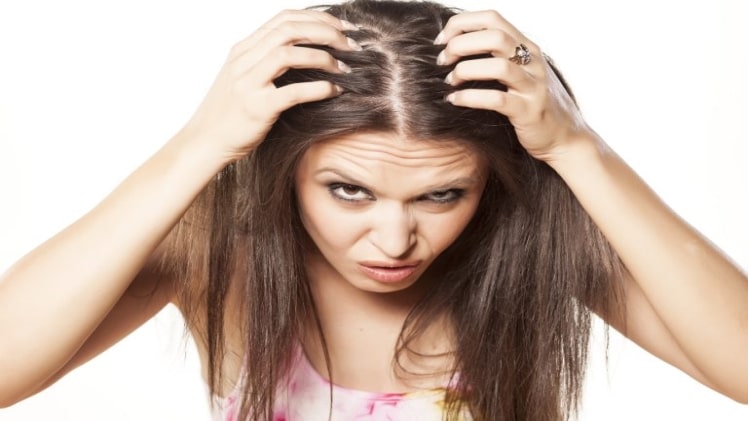Is minoxidil effective for treating frontal baldness? The answer to this question depends on the stage of hair loss. Early treatment of hair loss is important, since hair follicles that stop producing hair may never produce new hairs again. Although minoxidil alone cannot cure baldness, it is an excellent choice for enhancing the results of a hair transplant. Here’s why:
Miniaturization of hair follicles in the vertex
The cause of the miniaturization of hair follicles on the vertex is believed to be DHT, a male hormone, which interacts with the 5-alpha reductase enzyme. During a hair transplant, a section of skin bearing hair is removed from the donor site. The researchers carried out a double-blind study where the participants were not informed of which drugs they were receiving. This research is important because it could help us understand how to best treat patients suffering from this condition.
Although minoxidil has been studied to improve hair growth on the vertex, the effect has not been fully determined. In a study of 16 patients with androgenetic alopecia, the drug was given to them twice a day for eight weeks. The hair follicles that are dependent on minoxidil begin to shed within four to six months after treatment.
Regrowth peaks at 1-year mark
The regrowth of hair usually begins at the 1-year mark, but a few months before this point, hairline recedes, resulting in a V pattern on the forehead. This pattern can occur in people without hair loss, so the first year can be a confusing time to track regrowth. However, there is a good news: most people will regain hair after one year.
Minoxidil is a commonly prescribed treatment for does minoxidil work on frontal balding. It is available under different brand names and has been tried by millions of people over the past 30 years. Most scientists believe that the main culprit behind this hair loss is DHT, a substance produced by the enzyme 5-Alpha-Reductase, which attaches to testosterone molecules. DHT then circulates throughout the body, attaching to Androgen Receptors and eventually causing hair loss.
Reduction of hair miniaturization after 5-year treatment
Some men and women may be genetically predisposed to hair miniaturization. This condition occurs when hair follicles shrink, making the hair thinner and more fragile. To slow this condition, there are various medications and natural remedies. Read on to learn about some of these. A recent study found that taking a natural remedy for hair miniaturization can reduce its severity.
Effectiveness of minoxidil in younger men
The FDA has approved minoxidil as a treatment for male balding. It has helped some patients with balding in the crown, but it hasn’t been proven effective for the frontal scalp. Earlier studies had only looked at men with balding in the vertex and crown areas. Manufacturers couldn’t even label the products as helping the frontal scalp. Despite this, minoxidil can be a good treatment for a proportion of males experiencing frontal balding.
In recent years, two new treatments for male pattern baldness have come to the market. Minoxidil 5% foam and 2% solution are now available over-the-counter in the United States. The creams cost around $40 for three months, which is considerably less than the expensive prescription formula. While minoxidil 5% is effective in treating frontal balding, it is also expensive. Men can buy four bottles of the cream for about $50 at a discount warehouse store.
Side effects of minoxidil
One of the most common side effects of minoxidil on frontal thinning is excessive hair growth in other areas. It is also important to start hair loss treatment early in the condition, as hair follicles that stop producing hairs may never grow back. This topical medication is not a cure for frontal balding, but it can improve the results of hair transplant procedures.
Conclusion
Although it is widely used in treating male pattern baldness, it is not recommended for treating receding hairlines in men. Minoxidil has other uses, including improving hair growth in various parts of the body, including the scalp. In men, minoxidil is often used to treat androgenetic alopecia. For women, topical minoxidil can boost hair growth in different parts of the body.

